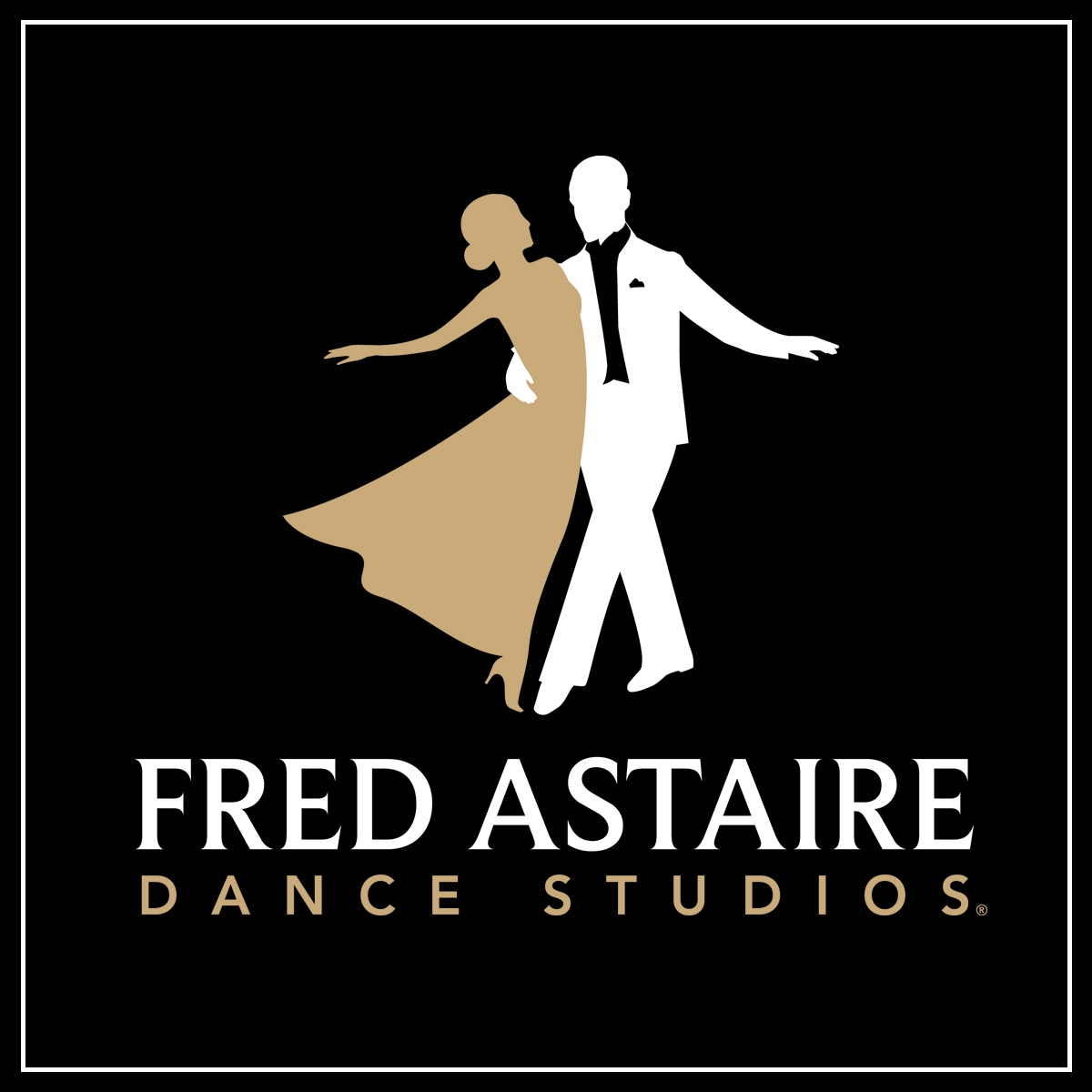The Samba is festive and lighthearted, and performed today in all parts of the world. It brings to mind pictures of Rio’s festive and exotic Carnival! In its native land, the Samba is usually danced to a moderately slow tempo which contrasts vividly with the spirited version favored in U.S.

When the Brazilian Samba was first introduced to the U.S. Dance Masters in 1929, it became an overnight sensation. Like many other Brazilian dances, the music is an amalgamation of African and Latin American rhythm that is adorned with expressive, melodic lines.
In form, the Samba is a serenade; the repetition of its melody is continually interrupted by the strumming of a guitar or other stringed instruments. Originating in Bahia, Brazil, the dance first became popular in Rio de Janeiro, and later, its intoxicating rhythm was taken up by serious Latin American composers.
The Samba is festive and lighthearted, and performed today in all parts of the world. It brings to mind pictures of Rio’s festive and exotic Carnival! In its native land, the Samba is usually danced to a moderately slow tempo which contrasts vividly with the spirited version favored in U.S.
The Samba has withstood the test of time and still ranks high among social as well as competitive dancers.
At Fred Astaire Dance Studios, our philosophy is simple and straightforward: learning ballroom dancing should always be FUN! Contact us today, and be sure to ask about our special introductory offer for new students.
Ballroom dance can be enjoyed socially and in dance competitions, and is sometimes referred to as “partnership dancing”, because it is a type of dance that requires a dance partner.
Ballroom dancing originated in the 16th century from dances held in the royal courts. There’s also evidence of influence from folk dances of the era – for example, the Waltz began as an 18th century Austrian folk dance.

?Samba is a lively, rhythmical dance of Afro-Brazilian origin danced to Samba music. Samba is a dance authentic to African people in Brazil who brought much of their music and dance culture into Latin America.

Samba Dance Classes are offered by Harpe's Dance Inc for all ages and skill level. Bring fun and excitement to your life with an introduction to dancing at Harpe's Dance Inc. It is the investment in yourself that is truly rewarding.

Samba no pé (literally, "samba in the foot") is a solo dance that is commonly danced impromptu when samba music is played. It’s what you think of when you imagine Brazilian Carnival parade dancers — with gigantic feather headdresses and elaborate (and skimpy) beaded costumes.

Samba Dance Classes are offered by Kings Dance Studio. At Kings Dance Studio we teach everyone from kids to adults. It's never too late to learn to dance.

The word "Samba" is likely derived from the word "Semba", which in the African Bantu language means "naval bump," and depicts the intimacy and "invitation" to dance that is common to many Afro Latin dances.
© 2025 coursetakers.com All Rights Reserved. Terms and Conditions of use | Privacy Policy